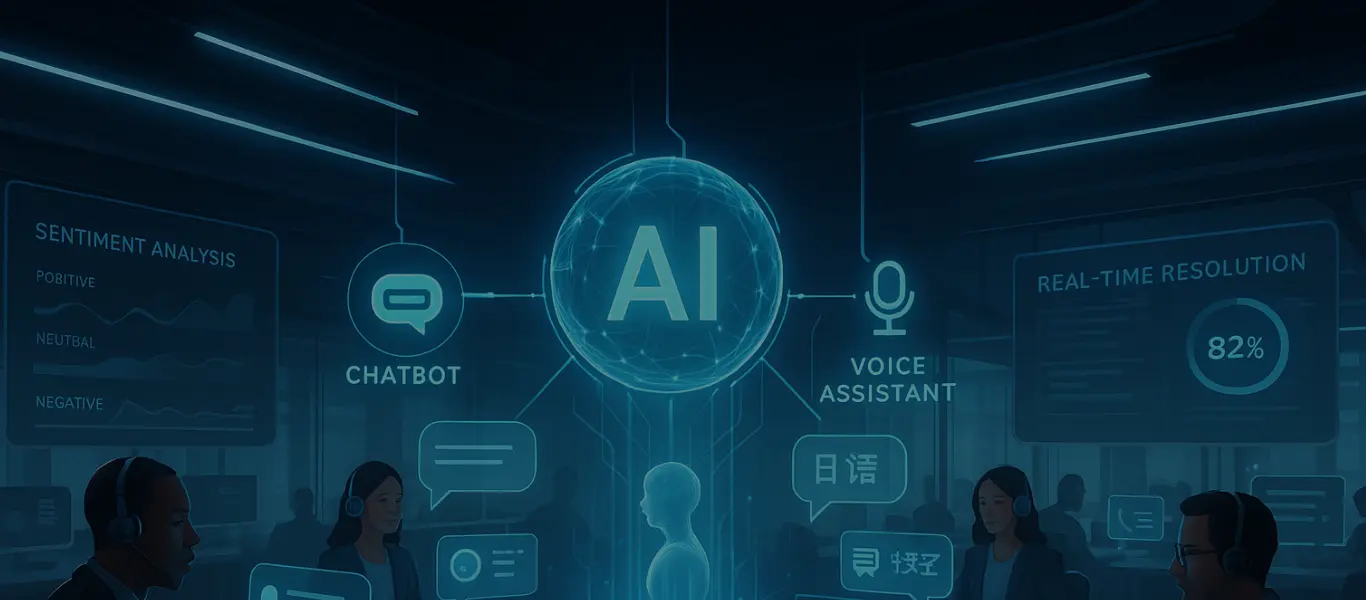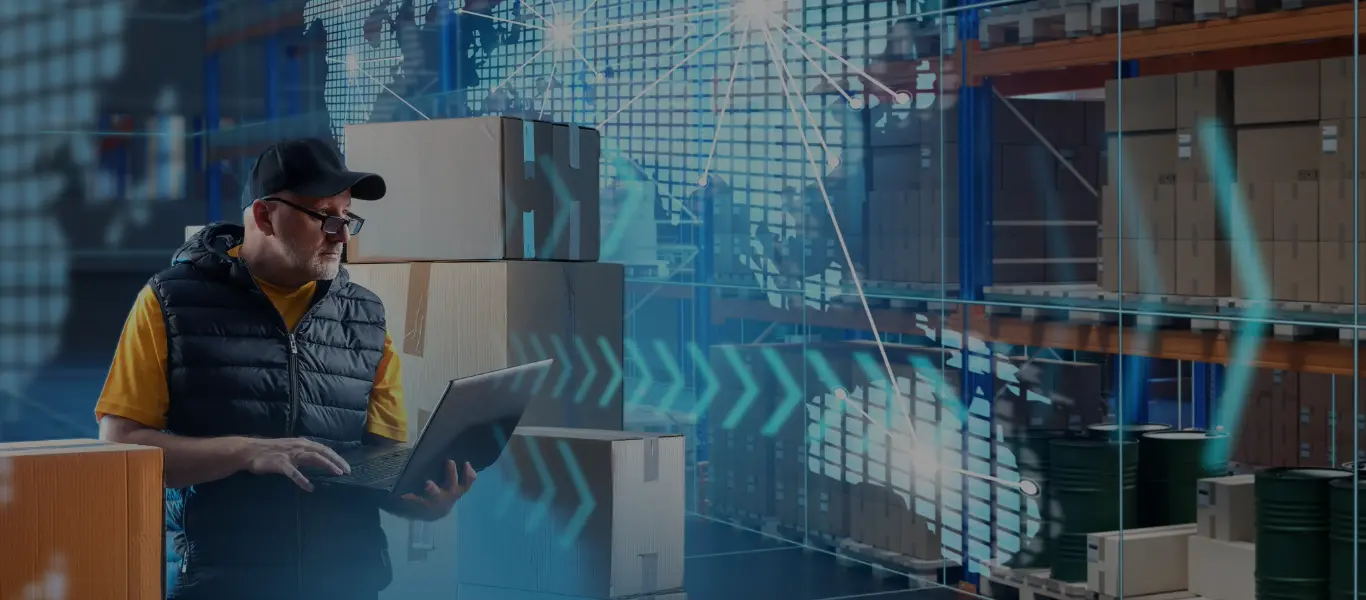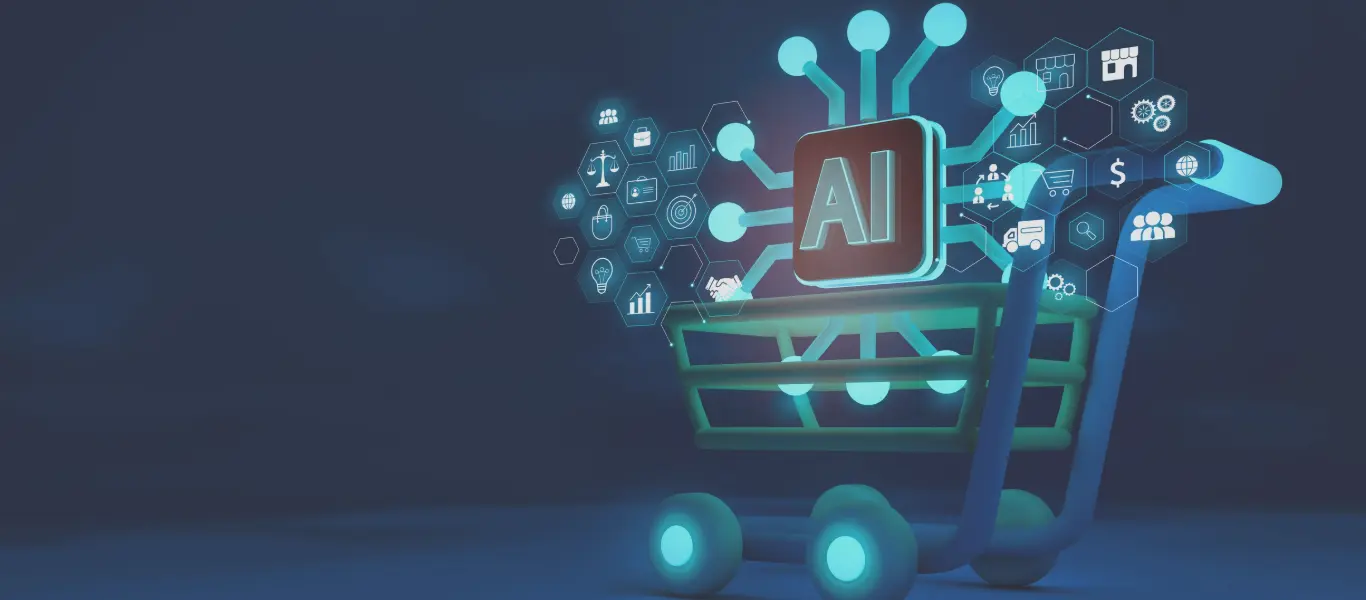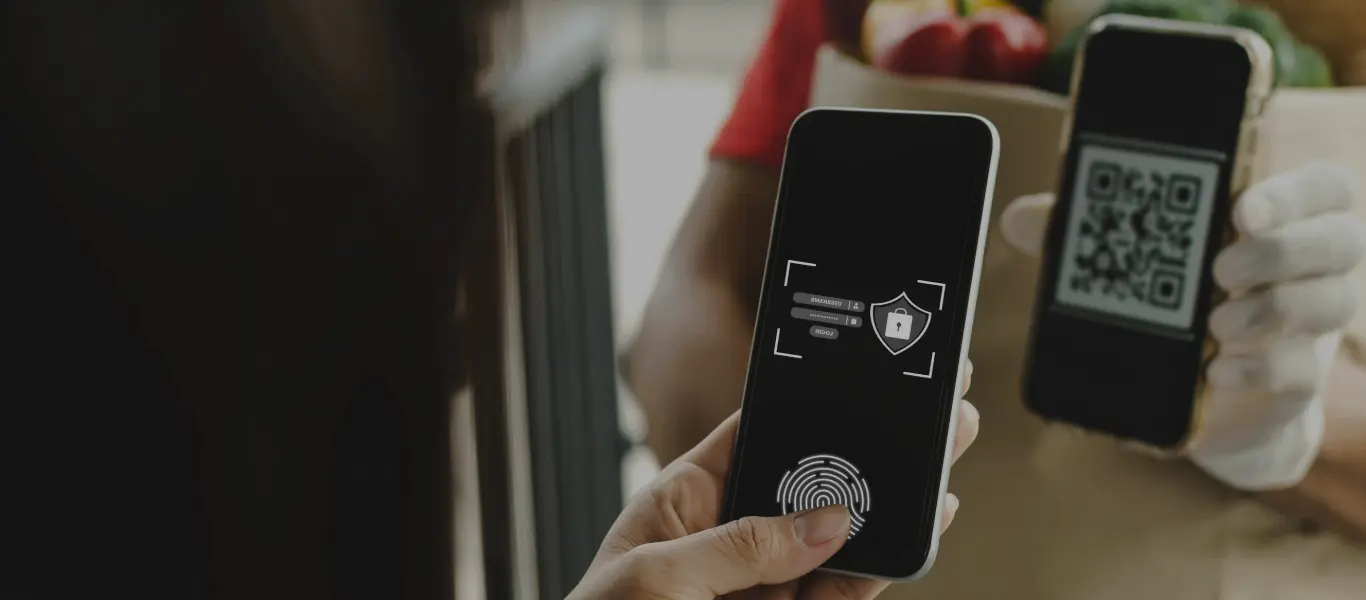Today’s customers want their retail experience to be fast, convenient, and personal. There’s been a tremendous shift toward online and mobile shopping and a growing need for not only seamless but also rich, innovative omnichannel experiences.
Trends in retail
Based on our interactions with customers, retailers, industry leaders, partners and inputs from internal industry experts we were to identify some of most popular and powerful retail trends which encompass retail technology, supply chain and customer expectations. What is interesting is that industry leaders with huge retail technology investments have also been responsible for creating many of the retail trends. But other retailers have also been able to enrich their customer experiences by creating innovative customer journeys. Here are the trends which we are seeing in 2022, whose impact will carry into the new year.
- Self-service stores
- Personalization
- Payment integration
- Omnicommerce – be it mobile or social
- Small format stores
- Experience economy
- Supply chain visibility across channel for better customer experience
Self-service stores
Store self-service is one of the dominant retail industry trends — and an interesting example of how retail is changing.
There are now many “Amazon Go” stores where you can grab a product off the shelves and walk out, with the products directly billed to your Amazon account. Of course, most retailers haven’t achieved the same heights in self-service stores.. But they’re still impacted by the instant gratification culture. Scan and go also helps address safety issues post pandemic.
In grocery stores, there are more self-scanning machines, while other retailers have kiosks. In eCommerce, the impact of this trend is that it would be good if there were lockers for customers to pick up items ordered online, scan and leave rather than just curbside pick-up or through check out.
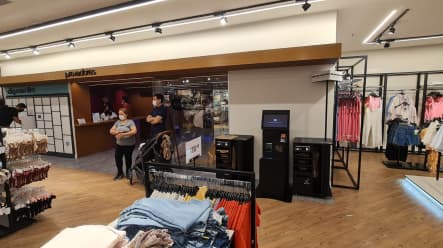
Naturally, there are challenges; not everyone has the same infrastructure or investments as Amazon. To keep up with the self-service culture, retailers need increased transparency and better technology. Retailers need to be able to track logistics and shipping on a granular level — and provide tracking and shipping information, so customers never feel like they are left waiting.
Retailers can support customers desire for self-service by partnering with technology vendors to create innovative customer journeys.
Personalization: Getting up close and personal with the customer
Interactive retail experiences are bridging the gap between the online and offline parts of the store, melding with the omnichannel experience. Customers now expect to get relevant, personalized communications. Additionally, conversational commerce through AI-driven chat bots is becoming a way to engage customers and garner leads.
To personalize the customer experience, data must first be gathered and then analyzed. This can be done through loyalty programs, customer surveys, return data, and purchase behavior. With this data, retailers can segment their customers and figure out what each segment wants. Additionally, it becomes critical to have the technology that can support personalized customer experiences and trigger interactions.
Personalization is becoming harder because less information is accessible through third-party data wells. You need to have the technology in place to collect first-party data. If a customer browses through a mobile device and later comes into the store, you should be able to connect them in a meaningful fashion. If not, it is something which should be addressed at the earliest.
Payment integration: Easy buy, easy pay

Frictionless payment, contactless payment, and additional payment options — it’s all essential. The last time you purchased anything (from groceries to car parts), you might have noticed a prompt to pay in installments through Affirm, AfterPay, Klarna, or a similar service.
Payment integration has become more important than ever to streamline the customer experience. Customers want to pay with their preferred method, whether through a mobile wallet like Apple Pay or Google Pay or with a store-branded credit card.
Facilitating payments means facilitating sales. If your customers find that it’s difficult to pay for a product or a service, they may simply move on to a retailer that is easier to use. Again working with a technology vendor who can help address such issues can go a long way in supporting customers.
Omnicommerce: Complete mobility from channel to channel
Social commerce (social networks), mCommerce (mobile commerce), traditional eCommerce (online portals), conversational commerce and Metaverse commerce (virtual reality) — they all build into and connect to the modern omnichannel experience.
An omnichannel experience is now more than just being able to buy however you want; it’s about having a unified experience throughout the multitude of commerce options. Buy online, pickup in-store is one of the examples. Follow a brand on social media and make purchases on Instagram. Receive personalized recommendations for products based on past behavior. According to Jun 2022 PWC study – “Among consumers who use virtual reality, a surprising 32% reported using it to buy physical products as a result of testing/browsing stores via VR at the same time 19% reported purchasing luxury goods”.
Small format stores
What is the future of retail stores? Small!

In the last few years, there’s been a renewed interest in small format stores. Retailers like Best Buy, Macys, Bloomingdale’s (Bloomie’s), Target and Walmart are all experimenting with smaller stores that are easier to build and staff and require less inventory. Even inside Target, other stores like Ulta are emerging, creating a mall-like ecosystem that can still thrive.
What’s driving this trend? In short, it’s about being closer to the customer. Smaller stores mean retailers can open more locations without too much overhead. This creates a top-of-mind presence for the customer. Being closer to the customer also supports BOPIS.
But with more locations also comes greater levels of complexity. Without the right technology, managing these prolific small format stores can become tremendously difficult. With the right technology, however, retail stores and eCommerce both become exceptionally scalable.
Experience economy: the customer experience
Omnichannel tools are creating more meaningful shopping experiences. Customer experience (CX) is becoming essential to developing a strong customer journey.
CX is the combination of all the interactions a customer has with a company. This can include everything from customer service to social media to in-store experiences. This means that retailers need to focus on creating positive experiences at every touch point.
Technology is playing a big role in the customer experience. Augmented reality (AR), virtual reality (VR), and AI are all being used to create more immersive experiences. Retailers are also using beacons and other location-based technologies to send personalized messages to shoppers while they’re in the store.
The customer experience has to be a positive one, though — not just one that “wows.” Every interaction that a customer has with a company should be tracked in terms of satisfaction, and companies should always strive to improve the experience the customer had. Customers are likely to come back to a store / retailer that provides a good experience even if they are neutral about the product. Today’s customer is all about connection.
Supply chain management across channels for omnichannel retail

With supply chain issues continuing, same-day delivery gives retailers a clear advantage. Supply chain transparency is increasingly important. Customers expect their products the next day. Sometimes, they expect it the same day.
With artificial intelligence/machine learning, supply chains can be fine-tuned. Autonomous delivery and fulfillment packages make achieving effective supply chain management easier than ever.
Supply chain management must be entirely integrated into each supported channel; if not, inventory management and logistics will swiftly become a problem.
Technology is accelerating Retail trends
Automation is becoming more popular, from testing a product to delivering it to the customer. Smarter services through AI deliver better, faster experiences, but companies must have the strategic focus, technology, and talent necessary to incorporate these services. Companies are finding themselves using headless tools for utilizing infrastructure through MACH architecture (Microservices, API, Cloud and Headless), and they are focusing on creating seamless customer experiences with omnichannel tools and payment integrations.
Review your existing technology stack and find economical ways to upgrade your systems.
Importantly, customers expect these features and the technology is finally there to support them. If we didn’t ‘have machine learning AI, no one could expect such rigorous automation or intelligent chatbots. If we didn’t have consolidation and cloud-based solutions, no one could expect a truly interwoven omnichannel experience. As technology enables these trends, they become ubiquitous.
All of the technology comes with investments and with the state of the economy retailers have to be judicious about their investments. But an experienced technology solutions partner can help identify innovative ways to upgrade/modernize technology to support the trends without breaking the bank.
What is the future of retail?
These are some of the most important recent trends in retailing. We see new trends in retail and mobile commerce pop up every day. Contact us if you want to learn more about the current industry trends in retail, in store technology trends, and retail innovations or are looking for way to make the most of your current technology investments to support your customers.






 Engenharia
Engenharia
